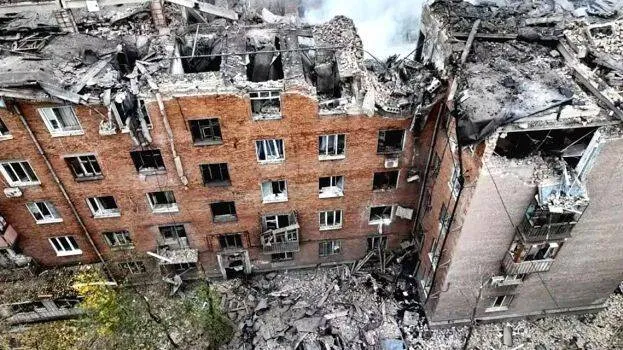

Two wars in the world are continuing without any indication of ending - the Ukraine and Gaza wars. Amid these persistent wars, the only brief moment of global relief came when the India-Pakistan conflict ended within four days. During his election campaign, Donald Trump had claimed that he would end both the Ukraine and Gaza wars within 24 hours of assuming office. This statement was widely believed by the public to be possible. However, months have passed since Trump returned to power, and not only do both wars continue, but they have also escalated in intensity. As the world begins to realise that Trump’s words hold little weight, he claimed credit for ending the India-Pakistan war through his intervention—likely an attempt to mask the ineffectiveness of his promises. Since that claim did not reflect reality, it failed to gain serious attention.
Meanwhile, concerns are mounting daily over whether these two ongoing wars could spiral into a third world war. This fear intensified following a recent, unprecedented drone attack by Ukraine. The strike destroyed five of Russia’s airbases, eliminating over 50 bomber aircraft in a single operation. Russia suffered damages estimated at over Rs 2,000 crore. What makes the attack even more alarming is the method: 117 drones hidden inside trucks penetrated deep into Russian territory, evading all security systems, and launched the strike. Reportedly, Ukraine did not lose a single soldier. The drones were said to be controlled remotely from within Ukraine, and every detail of the strike was recorded by drone cameras and relayed back in real time.
This attack demonstrated a radically different and modern form of warfare. It highlighted a new global reality: that future wars will be decided more by artificial intelligence and technology than by traditional military strength. The India-Pakistan conflict ending in just four days is not coincidental. India precisely targeted terror camps first, and when Pakistan responded with retaliation, Indian forces struck military bases and airfields, sending a clear message: any further aggression would come at a heavy cost. Notably, India managed this without inflicting widespread destruction. Even after more than three years of war, Ukraine has not managed to send such a clear warning to a major power like Russia.
Ukraine’s drone strike came after a year and a half of careful preparation. Modern warfare has shifted to remote-controlled technology, almost resembling a video game. Meanwhile, in Gaza, relentless bombings continue with the stated goal of clearing the region. After the Japanese attack on Pearl Harbour, the United States directly entered World War II—a conflict that ended only after the atomic bombings of Hiroshima and Nagasaki. Now, military analysts are calling Ukraine’s drone attack deep in Siberia—4,000 kilometres from its border—Russia’s own “Pearl Harbor.” The pressing question now is: what comes next? This is a crucial moment where global leaders must realise that the world should not be handed over to arms dealers. Instead, they must urgently pursue serious and collective efforts toward peace.